Tina Sutton
THE POCKET
COMPLETE COLOR HARMONY
1,500+ Color Palettes for Designers, Artists, Architects, Makers, and Educators

INTRODUCTION
When you enter a room, see someone walking toward you on the street, or look up at a billboard while stuck in a traffic jam, the first thing you notice is color. The yellow walls in a childs room make you smile, the red of a womans coat catches your eye, the orange background of an advertisement grabs your attention.
As Walt Disney so aptly put it, we live in a wonderful world of color. Color combinations can dazzle, soothe, or charm. In the bird kingdom, a male peacocks stunning plumage of iridescent blues and greens quickens the heartbeat of potential mates.
Color is also egalitarian. We can all use and enjoy a wide spectrum of colors in our lives, no matter what our income level or profession.
But everyone needs a little help. Thats where the experts come in. Consumers of all products are looking for guidance in choosing color palettes that harmonize with their lives. While many decisions about colors are emotional and based on immediate visceral reactions, creating inventive combinations of hues is a more practiced art.
Most people are unaware of the science of color, which starts with the twelve-segment color wheel as a road map to effective combinations. Direct opposites on the wheel are complementary. Adjacent colors clash. Warm colors appear to come forward. Cool colors recede.
Colors also have psychological and physiological effects on our bodies. Reds make people jumpy. Greens calm us down. In a red room, time seems to fly.
This book is designed as a guide for anyone interested in the field of color, from graphic, interior, and fashion designers to artists, craftspeople, and flower arrangers. Not only does it explain the science of color but it also suggests innumerable harmonies to fit every mood and end use.
Sections on the psychology of color and color-trend forecasting are of particular value to advertisers and product designers to aid them in subliminally communicating with target markets.
The days of simply relying on colors that have been successful in the past are long gone. Take advantage of the color harmonies and imaginative variations in this book to launch your own creativity.
The Color Wheel
The twelve segments of the color wheel consist of primary, secondary, and tertiary hues and their specific tints and shades. With red at the top, the color wheel identifies the three primary hues of red, yellow, and blue. These three primary colors form an equilateral triangle within the circle. The three secondary hues of orange, violet, and green are located between each primary hue and form another triangle. Red-orange, yellow-orange, yellow-green, blue-green, blue-violet, and red-violet are the six tertiary hues. They result from the combination of a primary and a secondary hue.
Constructed in an orderly progression, the color wheel enables the user to visualize the sequence of color balance and harmony. The colors on the wheel are numbered 196, and correspond to the color chart (see ) and to the colors throughout the book.
How to Use Color
Working with color to achieve intended results can be a challenge, but it can also be fun! An effective color scheme can make a room feel warm and inviting; a graphic design able to attract attention; or a poster to recall days gone by. Before learning what colors to use in order to achieve the best results, you must first understand some basic color terms.
Each primary, secondary, and tertiary hue is at a level of full saturation, or brightness, which means that there is no black, white, or gray added. Color is described in terms of value, which measures the lightness or darkness of a color, or the relative amount of white or black in a hue. White added in increments to any of the twelve colors results in lighter values of the hue, called tints. For example, pink is a tint of the primary color red. The incremental addition of black or gray to a hue results in darker values known as shades. A shade of red is burgundy or maroon. These shades and tints are illustrated by the color chart on the following pages.

PRIMARY
SECONDARY
TERTIARY
The Color Chart
The color chart is the color wheel in chart form. The rows above and below the fully saturated center hue represent the tints and shades of each color. Each hue, tint, and shade on the chart below is numbered 196 for easy reference. Numbers 97106 represent the value range from lightest gray to black. These numbers correspond with the colors used in combination throughout this book and offer a wide selection of balanced and effective color possibilities within each interpretive section.
The Process
The Pocket Complete Color Harmony is divided into sections to show aspects of color and color combinations that visually explain the effect color has on our lives. The color conversion chart, the color wheel shown , and color cards all work together to develop unique color possibilities. The Pocket Complete Color Harmony explores color terminology, the aspects of color, color schemes, and color combinations. It serves as a practical guide for accurate and positive results when designing with color.
 STEP 1 Clearly define the results you want to achieve with color.
STEP 1 Clearly define the results you want to achieve with color.


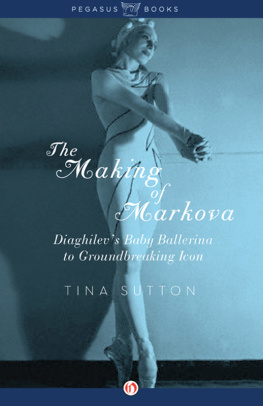

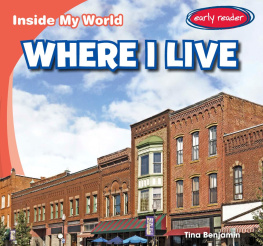



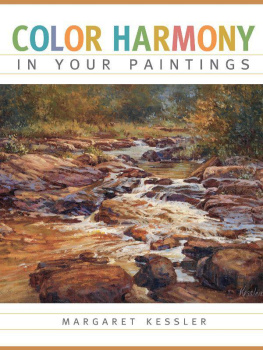
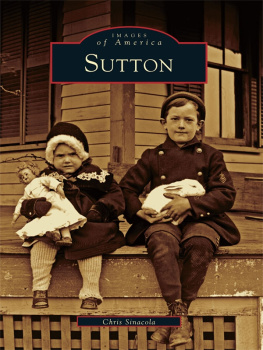
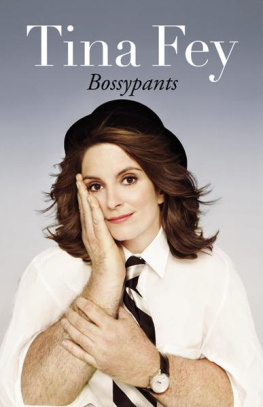
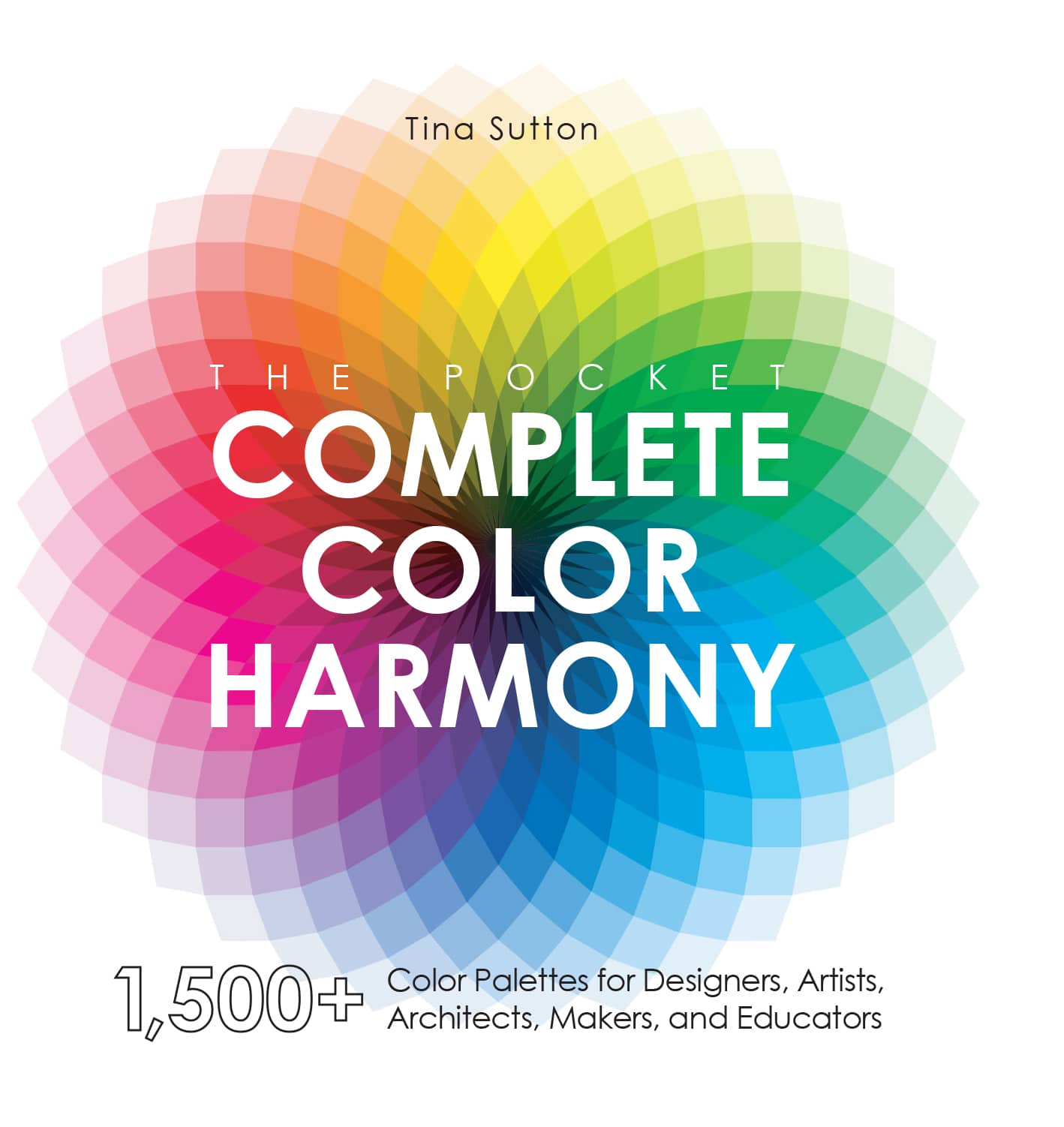









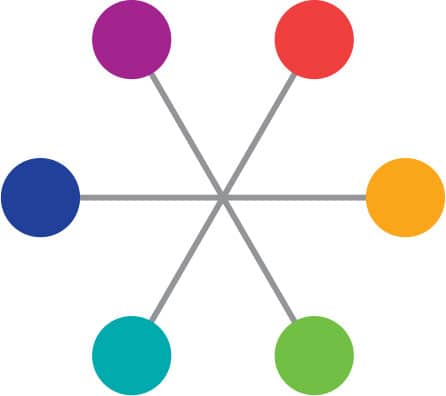


 STEP 1 Clearly define the results you want to achieve with color.
STEP 1 Clearly define the results you want to achieve with color.